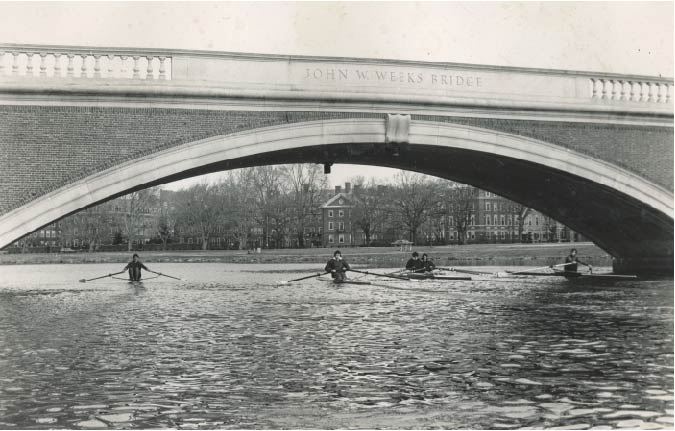Riverside Boat Club 150th Anniversary History Series
By Dick Garver
The results Riverside rowers produced in the 1985 Head of the Charles Regatta confirmed the club’s transformation from a moribund neighborhood sculling club into an ambitious, growing organization dedicated to high quality rowing, both sculling and sweeps, at all levels of the sport.
Having decided not to replace Northeastern University, which rented two-thirds of the boathouse, when the college moved into its own building, in 1983 President Jim Hanley, Will Melcher, Ted Van Dusen and likeminded members embarked on an ambitious program to attract enough rowers to Riverside to make it self-sustaining.
Jim Hanley (stroke) Will Melcher (bow)
Although it was not entirely recognized at the time, their decision coincided with a rising level of participation in the sport across the country. The founding of Community Rowing Inc. in 1985 was a local manifestation. Within this context, the decision that perhaps contributed most to Riverside’s turnaround was to employ a coach. In an era in which coaching at Boston rowing clubs was volunteer, it would make Riverside the only one on the Charles River to offer professional training. In the face of old-guard resistance, Hanley hired Doug Clark, a former Canadian national team coach then residing in Boston, who embarked on an ambitious program to make the club a racing powerhouse and the home base of U.S. internationals. Announcing his expectation that Riverside rowers would be the most technically accomplished on the river, club or college, Clark focused his rowers on the two-thirds of the stroke when their oars are out of the water. In his words, “Moving the boat involves more than power. It requires deep awareness on how the hull is moving in the water.”
Doug Clark
Fortuitously, Clark’s ambitions coincided with renewed efforts by United States Rowing and the United States Olympic Committee to raise the level of the country’s international competitors. The organizations funded two training centers. One was in Seattle. The other was the former Boston Rowing Club located in Weld Boathouse, which, with both formal and informal support from Harvard University, became the Boston Rowing Center. Rowers hoping to make the national team were drawn here. Clark’s coaching attracted a number of them to Riverside, including future national team rower Molly (Hoyle) Haskell, who in 1985 was the fourth person to enroll in his summer program. Having come to Boston to compete for a national team boat but increasingly discouraged at BRC, she received encouragement from Clark, Hanley, Van Dusen and other members and, in her words, “found a home at Riverside.”
Morning Practice Through Weeks Bridge.
From left to right: John Marden (1985 Nationals Medalist), Vaclav Stejskal (former Czech National Team), Susan Gwen-Timothy (later on Canadian National team) and Maria Lane in the double, and Ted van Dusen.
On the strength of Clark’s coaching and the arrival of rowers like Molly, 1985 proved to be Riversides’ breakthrough year. It medaled at the Bay State Games, its own Riverside Sprints and Cromwell Cup, and regional races from New England to Philadelphia, and finished third in the National Championships team points trophy behind Vesper and NYAC, with wins in the senior lightweight double (Ted Marks and Rick Gales), senior heavyweight double (John Marden and Bill Randall), intermediate lightweight single (Ted Marks), and placed a club member in the winning mixed double. Clark took a large contingent to the Canadian Henley Regatta, where Riversidewon nine women’s events, including six junior sculling titles. Each women sculler placed in the top three in her event. Among them, Carey Beth (C. B.) Sands, a future United States Rowing Hall of Fame member, won the junior and senior lightweight women’s single; she and Ruth Kennedy won in the junior and senior lightweight double and quad; while Izzie Gordon, Deb Fine, Maria Lane, and Mary Anczarski placed second in the quad. On the men’s side, Dan Chernoff and Jeff Parks won not only the junior but the senior lightweight double event. With these results, the club began its history of continuous success in Canada.
Let her run: Maria Lane, Susan Gwen-Timothy, Will Melcher and Ned Cooke
Riverside’s re-emergence as a rowing force culminated in the Head of the Charles that fall. Although regatta records do not identify the 1985 points winner, Clark clearly remembers Harvard coach Harry Parker pulling alongside the dock to congratulate him and the club on winning the trophy, the first club ever to do so. Riverside rowers having internalized the mindset espoused by Clark that they would dominate the river, they confirmed the club’s ascendancy in 1986. Led by Sands’ first place in the lightweight women’s single, it finished second in the points trophy behind Harvard and ahead of Yale. Four Riverside rowers placed in top three, including Maria Lane’s third in the women’s club single event.






